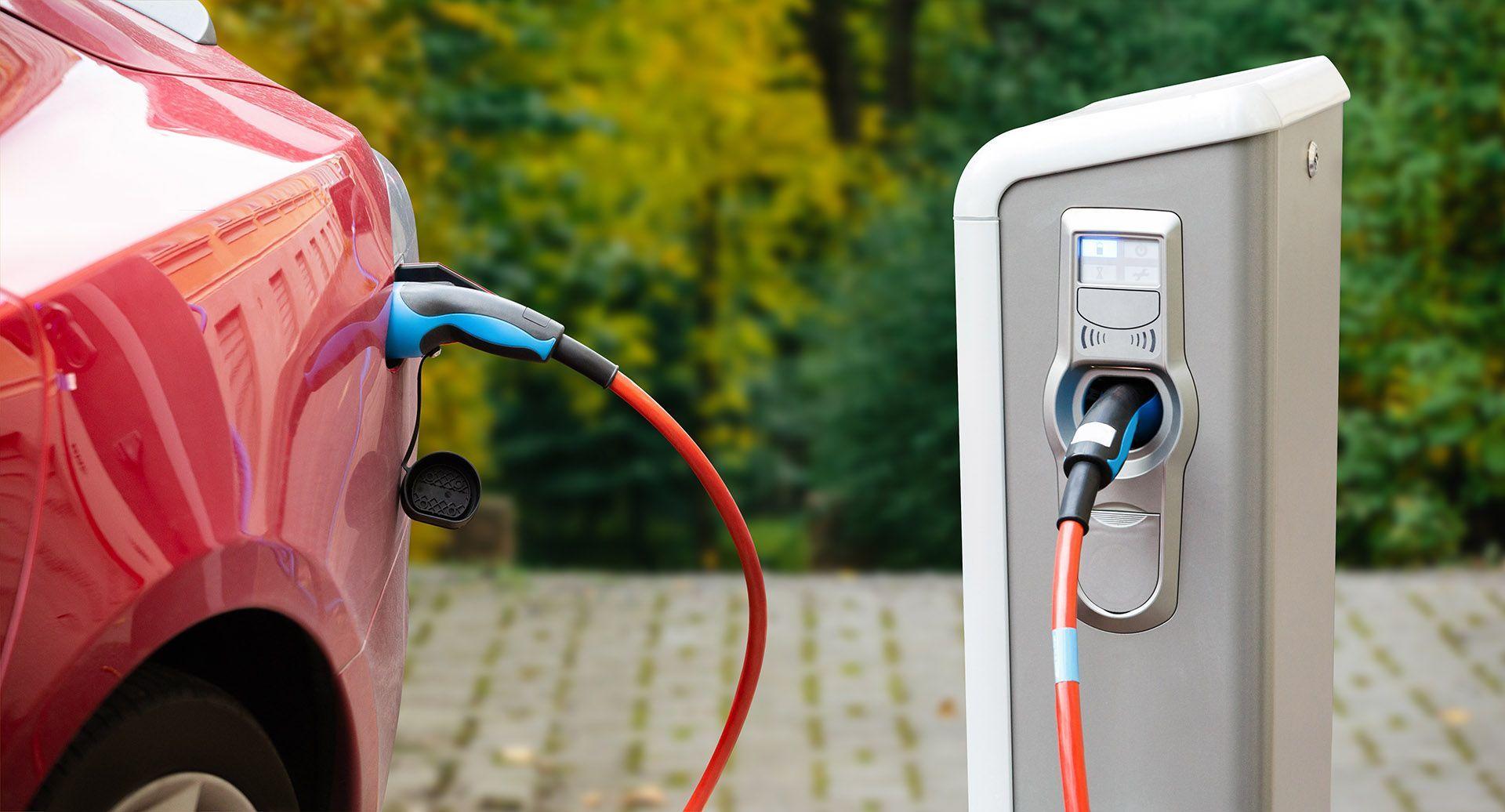
Reenergizing California’s electric transport
We helped Fresno, California achieve state emissions reductions targets, while creating a healthier, more livable environment by creating more electric vehicle charging stations
Extended, equitable vehicle charging for Fresno County
We supported the goal of the Fresno Council of Governments (FCOG) in Fresno County, California, to increase local electric vehicle (EV) adoption by making more charging facilities available across a growing population of over a million urban and rural inhabitants.
Working with a variety of stakeholders to assess and plan additional charging locations, we helped the county achieve state emissions reductions targets, while creating a healthier, more livable environment.
This was a particularly important outcome for the area’s disadvantaged communities. These neighborhoods have disproportionate levels of pollution that contribute to health issues, yet lower incomes and lower levels of home ownership that limit both the adoption of EVs and the availability of charging facilities.
Connecting County and grid: a matrix of challenges
FCOG had to plan for additional connections to the state-wide network - across 6,000 square miles (16,000 square kilometers) of territory - that would simultaneously meet emissions goals over time, and support future expansion.
Securing agreement on what the network design should look like was no easy task. With multiple organizations involved – communities, utilities, energy suppliers and distributors - collaboration was as critical as energy and transport expertise.
We worked closely with FCOG within the active stakeholder participation campaigns that helped secure community engagement, and ensure recommendations appropriately captured local priorities.
Redrawing the charging map
Many factors came into play in identifying the optimum siting of additional charging facilities, beyond the 258 charging locations already operating in the county. Drawing on experience in other energy and transport projects for the State of California, and elsewhere in the US and Europe, we effectively redrew the county’s charging map.
We did this by assessing where the existing charging infrastructure network fell short, both in terms of growing energy demand and in terms of availability within disadvantaged areas, and overlaying this gap analysis with critical considerations including best practices, permitting, and funding eligibility and opportunities.
Plugging Fresno into the future
Energy use and population growth will increase, so we also provided strategies and recommendations to prioritize future infrastructure investments where they would deliver the greatest benefits.
This, in turn, has helped strengthen an electrification approach that will not only act as a catalyst to EV adoption, but support organic growth in EV use.
Sustainability – a shared objective
Our work with FCOG is helping to deliver measurable change. If target EV adoption rates are achieved, CO₂ emissions could be reduced by one million pounds, nitrogen oxide emissions by over 2,500 tons, and particulate matter emissions by 280 tons by 2030.
However, the project also highlighted that we can’t solve the climate crisis in isolation. It is a collective challenge for all communities within our society, and only universal participation in low-carbon networks and initiatives will achieve the outcomes communities so urgently require.
The equitable approach to EV infrastructure for FCOG is enabling communities to enjoy a more livable, breathable environment, with equal access to social and economic opportunities.